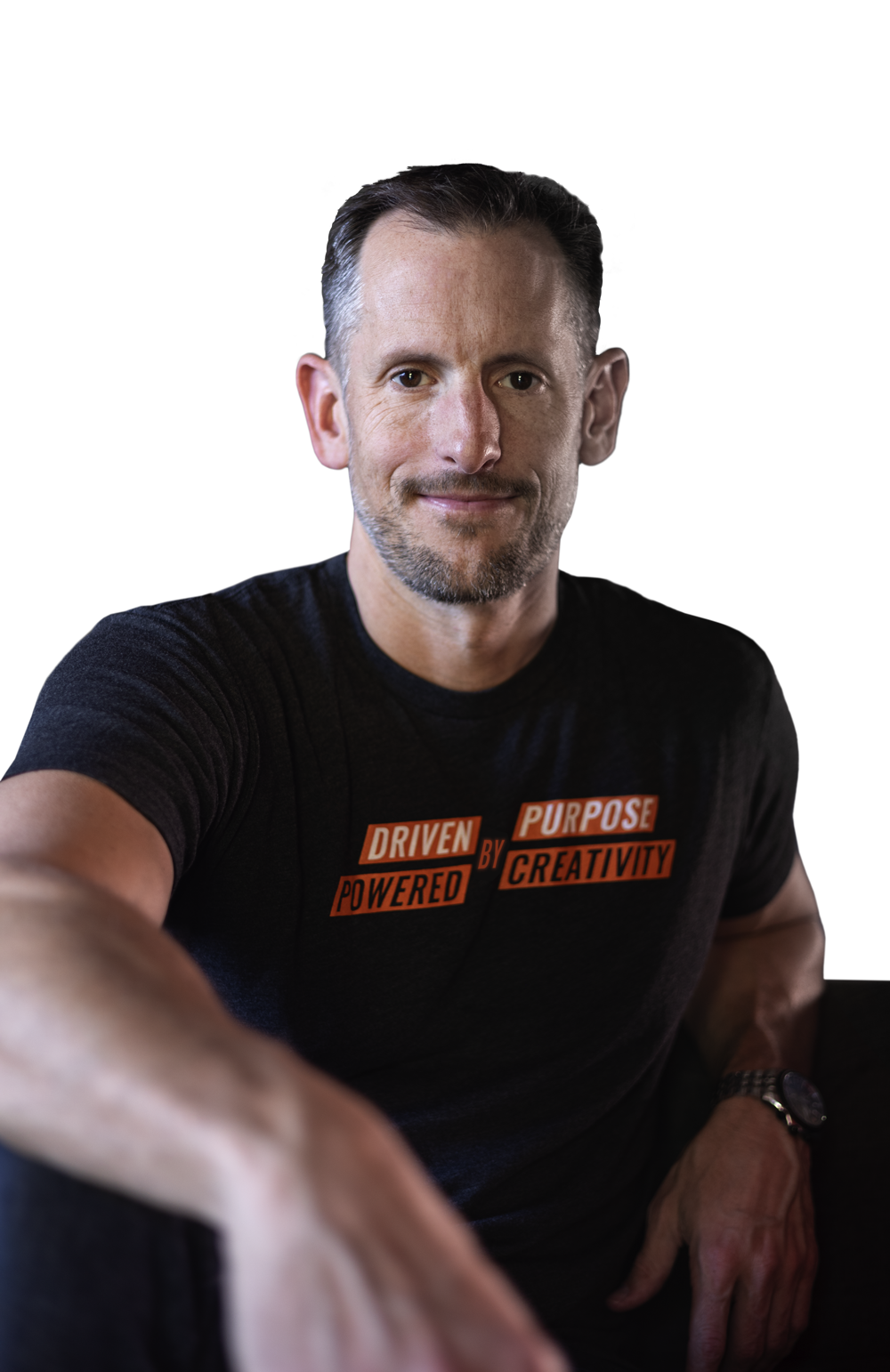Was it worth it?
How to Calculate the ROI of Sponsoring and/or Exhibiting at a Conference
In-Person Conferences – Still Worth it?
Understand the Factors to Discover your ROI
Conference purveyors are out in force looking to attract vendors back to in-person events in the second half of 2021. However, the last 14 months forced many businesses to find (and get comfortable with) alternative channels for outreach and lead generation. As a result, marketing budgets that used to be annually earmarked for conferences may end up getting permanently reallocated elsewhere.
More than ever, conferences and other events need to generate hard ROI (Return on Investment) for their vendors/sponsors to maintain their place on a CMOs (Chief Marketing Officer) strategic radar.
Especially as the digital marketing world offers increasingly targeted and concretely measurable alternatives. These next couple of quarters will be pivotal for corporate conferences that hope to return to prevalence in the new normal. One key factor is going to be clearly quantifiable ROI. So how can a vendor effectively calculate the ROI of a conference?
Factors That Need to Be Considered
What follows is the guidance that ScrappyAF provides to our clients on how to calculate hard ROI for conferences as a marketing tactic:
Attributing new revenue to a trade show booth or conference sponsorship isn’t a cut-and-dry exercise. As much as some conference purveyors might like you to believe that every dollar of new business that gets booked at a conference is a result of sponsoring/exhibiting at the conference, the reality is that there are many more factors that need to be considered;
- Did that new customer have one or more conversations with the growth team before the conference?
- Had he or she attended a webinar or online event that your company hosted or sponsored?
- Had they received a dimensional mailer that the marketing team shipped out?
- Had they previously encountered your brand or solution through one of the other marketing channels that you use?
The point is that the conference isn’t necessarily the only thing that caused someone to convert to a paying customer, so you can’t always attribute the full value of that revenue as conference ROI.
Revenue Attribution
Complicating matters further, the nuances of revenue attribution also differ from industry to industry and from company to company. Attribution models range from finger-in-the-wind to advanced data science. What we recommend at ScrappyAF balances accuracy and convenience to help business teams understand what they gain from exhibiting at and sponsoring conferences.
It starts with forming a designated Attribution Committee that meets up after each conference. This committee should be made up of representatives from both the sales and marketing teams – folks who can speak to the history of any deals in progress as well as the points of contact a prospect might have had with the company through marketing efforts unrelated to the event.
The committee’s job in this post-event meeting is to separate all the booked and projected revenues from the event into one of 3 buckets: 1/3 attributable, 2/3 attributable, and 3/3 (fully) attributable. For example, if the team closed a $200k deal on the showroom floor with a prospect that had been in an ongoing conversation for the last 6 months that might get allocated to the 1/3 bucket. The same goes for projected revenues (new opportunities added to the pipeline during the conference). Even if the deal didn’t get closed at the event, it still needs to be appropriately allocated as projected revenue gained from the conference.
The committee should use the company’s usual conversion percentages for allocating projected revenue (based on opportunity stage). For example, if the team were able to get a $100k opportunity on the hook at the conference, but they typically close 35% of business that reaches a similar stage the committee should only allocate $35k to whichever bucket they decide is most appropriate.
Notes: Practically speaking, revenue that is “fully attributable” to a conference is extremely unlikely unless a company has no other form of marketing, but it works well enough within the context of this time-saving, attribution model. Also, note that there is no 0/3 bucket. This is because it is impossible to decouple the value/impact/significance of the company’s conference presence and in-person interaction from any business that is generated there, closed or otherwise. In other words, the effect is necessarily non-zero, so a 0/3 category would be a moot point.
ROI Attribution
Once every dollar of new revenue and projected revenue has been properly bucketed, you’re ready to start running ROI numbers. Adding everything together takes a little math, but once you get the hang of it, it’s pretty straightforward. You’ve already bucketed everything into 1/3, 2/3, and 3/3 attributable buckets. Now multiply the number in each bucket by the fraction that names the bucket: 1/3, 2/3, or 3/3. That will tell you the overall, attributable revenue for the conference.
| Opportunity Name | Revenue Type (Closed, Projected) | Revenue Amount | Conversion Rate | Discounted for Conversion | Attribution Percentage | Attributable to Conference |
| Wonka | Closed | $200,000 | NA | $200,000 | 33% | $66,000 |
| Bleuth | Closed | $150,000 | NA | $150,000 | 66% | $99,000 |
| Buy n Large | Projected | $220,000 | 35% | $77,000 | 100% | $77,000 |
| Virtucon | Projected | $75,000 | 35% | $26,250 | 66% | $17,325 |
| Yoyodyne | Projected | $135,000 | 80% | $108,000 | 33% | $35,640 |
Total ROI: $ 294,965
Once the committee has everything filled in and calculated, it should provide a pretty good picture of the hard ROI for the event. Total Combined New and Projected Revenues minus Total Conference Expenditures. We recommend revisiting the numbers in 3-6 months to see if the projected revenues materialized as forecasted and make revisions as needed.
Beyond ROI
Beyond the hard ROI, there are certainly other benefits that companies receive for sponsoring/exhibiting at conferences including brand awareness, industry intelligence, and qualified lead capture. The first two are largely qualitative and we’ll talk more about how to gauge them (and kick-ass at them) in a later post.
Lead generation, on the other hand, can be quantified and some organizations opt to include it in their overall conference ROI calculations. The fastest and easiest way to do this requires just three variables:
1) The number of qualified leads captured
2) The company’s historical lead conversion rate
3) The average dollar value of new contracts.
The formula is Leads*Conversion*$ = estimated value of new leads. At best, this value needs to be placed in the 1/3 allocation bucket as it will likely take many more points of contact with the brand and significant effort from the sales team to convert these leads to revenue.
Notes:
Make sure you only include truly qualified leads (actual decision-makers at organizations that fit your customer profile).
At Scrappy we recommend using the Projected Lifetime Value of a new customer instead of just the revenue from their first contract when calculating the net return on lead capture and new customer acquisition expenditures.
For creative and strategic support for your B2B marketing needs, get in touch with us!


